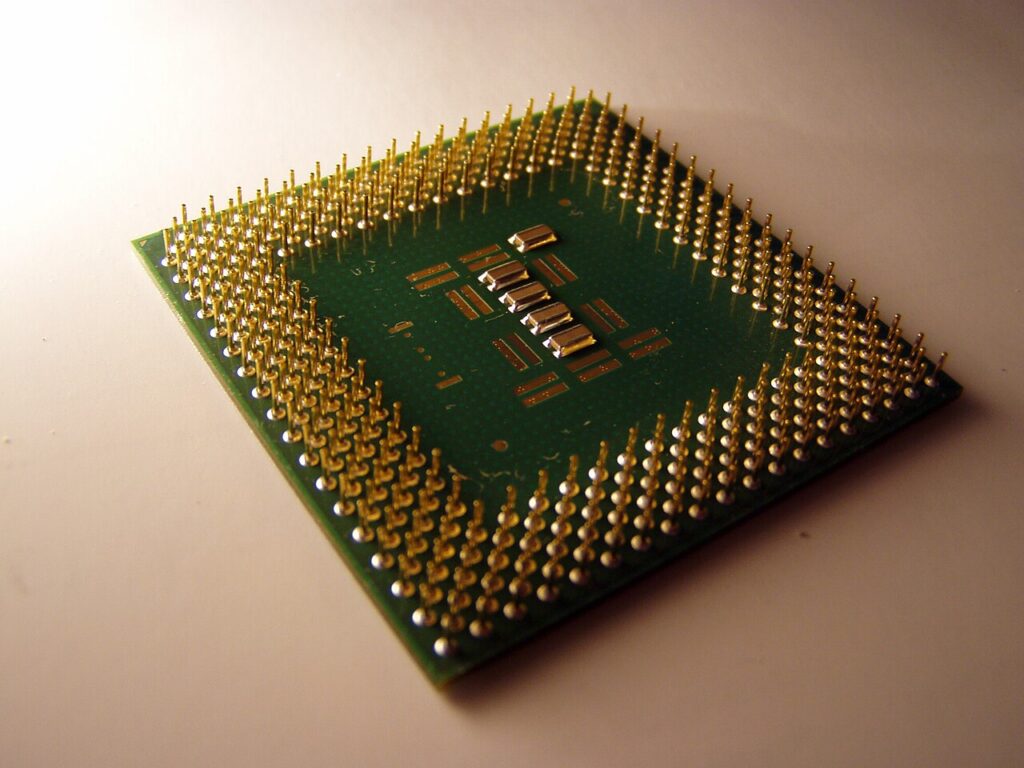
As developers, we often write code at a high level without thinking about what happens under the hood. Yet the way a computer executes our instructions is fundamental to performance and reliability. At the heart of every computer is the central processing unit (CPU), often described as the “brain” of the machine.
What is the CPU?
The CPU is the component that performs most of the “thinking” in a computer. It handles calculations, decision‑making and coordination among hardware devices. Without a CPU, your laptop or phone would just be a lifeless box of parts.
Key Components
A modern CPU contains several sub‑units that work together:
- Control Unit (CU): The CU orchestrates the operation of the processor by sending timing and control signals to other components. It ensures that data moves correctly between cache, registers and the arithmetic logic unit.
- Arithmetic Logic Unit (ALU): The ALU performs arithmetic operations (addition, subtraction, multiplication and division) and logical comparisons (AND, OR, etc.). It’s the workhorse that executes most instructions.
- Memory Unit: The CPU contains small, fast memory elements—registers and cache—that store data and instructions temporarily. The CPU fetches data from main memory (RAM or ROM) into these registers to work on it quickly.
- Clock and other units: A clock synchronizes all CPU operations by generating a steady stream of electrical pulses. Modern CPUs also include specialized units for tasks like floating‑point math or encryption.
How the CPU Works
The CPU follows a simple but rapid sequence called the fetch–decode–execute–store cycle:
- Fetch: It retrieves an instruction from memory.
- Decode: The control unit interprets the instruction and directs the ALU.
- Execute: The ALU performs the calculation or logical operation.
- Store: The result is written back to a register or memory.
This cycle repeats billions of times per second, allowing the CPU to run multiple programs and handle user inputs.
Types of CPUs
CPUs vary by the number of cores—essentially independent processors within the processor. A single‑core CPU can process one task at a time; dual‑core CPUs handle two tasks concurrently; quad‑core and higher CPUs divide workloads across multiple cores for better multitasking. Modern smartphones and desktops often have eight or more cores to balance power efficiency and performance.
Why It Matters to Developers
Understanding CPU architecture helps you write more efficient code. Knowing that the CPU executes instructions sequentially encourages you to design algorithms that minimize unnecessary work. Awareness of cache and memory hierarchy can inform data structures and access patterns that avoid bottlenecks. Even high‑level developers benefit from understanding these fundamentals.
As a software architect, I find that bridging high‑level design with low‑level knowledge leads to better performance and more reliable systems. By appreciating what happens inside the CPU, you can make informed decisions about language, algorithms and optimization—ultimately delivering better solutions.

